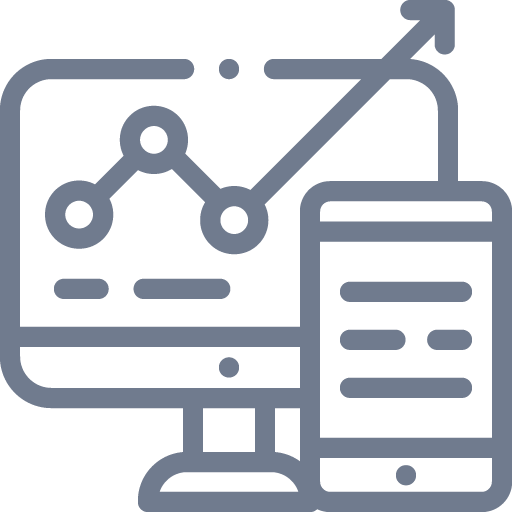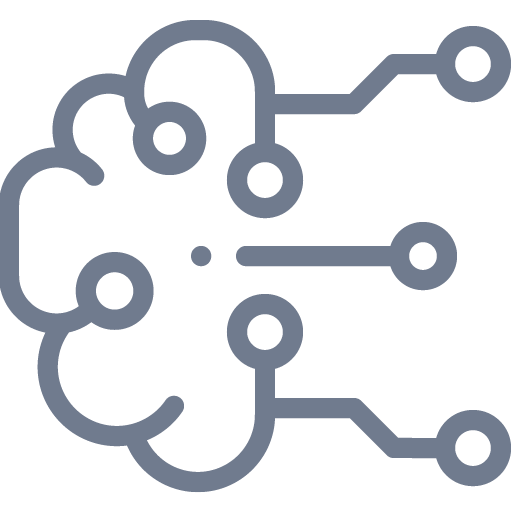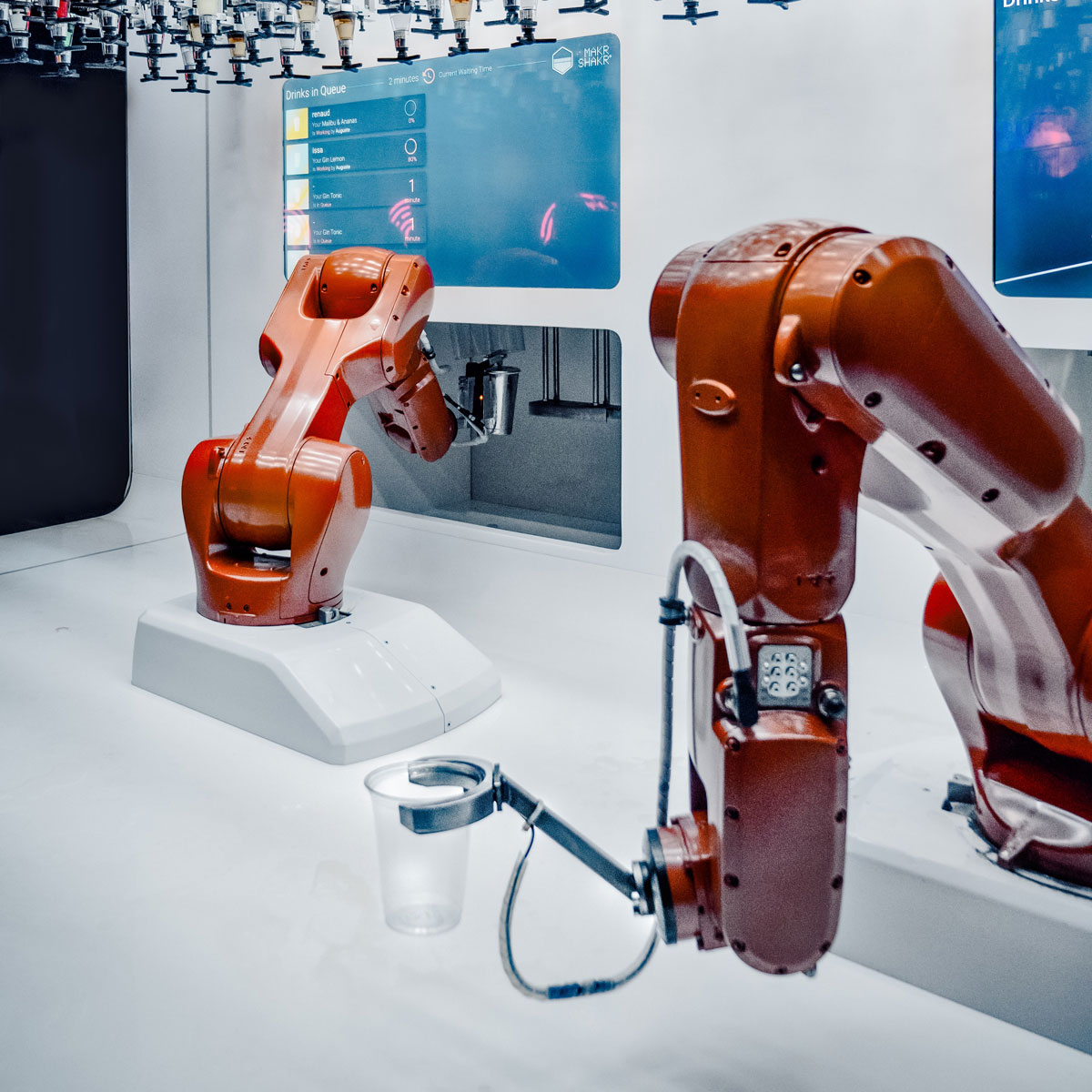Machine Learning
Development and application of algorithms with autolearning capacity that feed on masses of information, and trained to achieve innovative solutions.
Benefits / Applications

Processing and analysis
It allows the processing and analysis of large volumes of data. Generally provides faster and more accurate results to identify opportunities or potential risks.

Train real components
Systems that currently use artificial intelligence, such as Industry 4.0 ones, require to include artificial intelligence in their simulation models. For example. with Digital Twins (simulation models that run in real time) and what-if scenario systems, artificial intelligence components can be incorporated in the simulation model for testing and forecasting.

Optimization and calibration
Another key opportunity is the application of artificial intelligence in optimization and calibration. Systems based on complex agents usually have many parameters and exploring all the possibilities can require too much time to execute. Machine Learning and Intelligent Sampling can be used to create meta-models with significant increase in processing times.

Automation through Machine Learning
In the case of Deep Learning, the components can be developed to substitute rule-based models. This is possible when human intervention and decision making is involved. Deep Learning can be used in simulation models to represent the real system, or simulation models can be used to train the artificial intelligence components.
Concepts
Machine learning is a subset of artificial intelligence that allows systems to “learn”, that is, automatically adjust its results through experience or testing, without being explicitly programmed or by human intervention. Learning occurs from observations or data, and the search for patterns or rules that allow making better decisions in the future.

What are we looking for?
At Eurystic we seek to take advantage of the tools and methodologies available to analyze, segment, and clean data, facilitating its conversion into useful information.
Given complex systems, variability in its components is inevitable. Even so, aspects that often seem to be “noise” can be explained by other variables or non-linear combination of these. The methodologies applied by Eurystic allow integration to identify non-visible relationships, understand patterns and predict them.
The amount and variety of available data has increased the need to carry out their study in a systematic and systemic way. Statistical methodologies provide appropriate resolution approaches in minimal operation time in comparison with traditional means.
Given the diversity of problems and methodologies, Eurystic analyzes the characteristics and needs of each case, and determines the best combinations of methodologies for the problem under study.
Simulated Learning combines simulation with different artificial intelligence technologies to create a new generation of models. Its applications go from process automation up to market and business model disruption.
Why combine Machine Learning and Simulation?
Because they are two successful methodologies that in conjunction allow to solve problems that could not be solved separately until now.
This technology stands out as a replacement of optimization algorithms in systems or models with great variability that must rapidly adapt to change.
